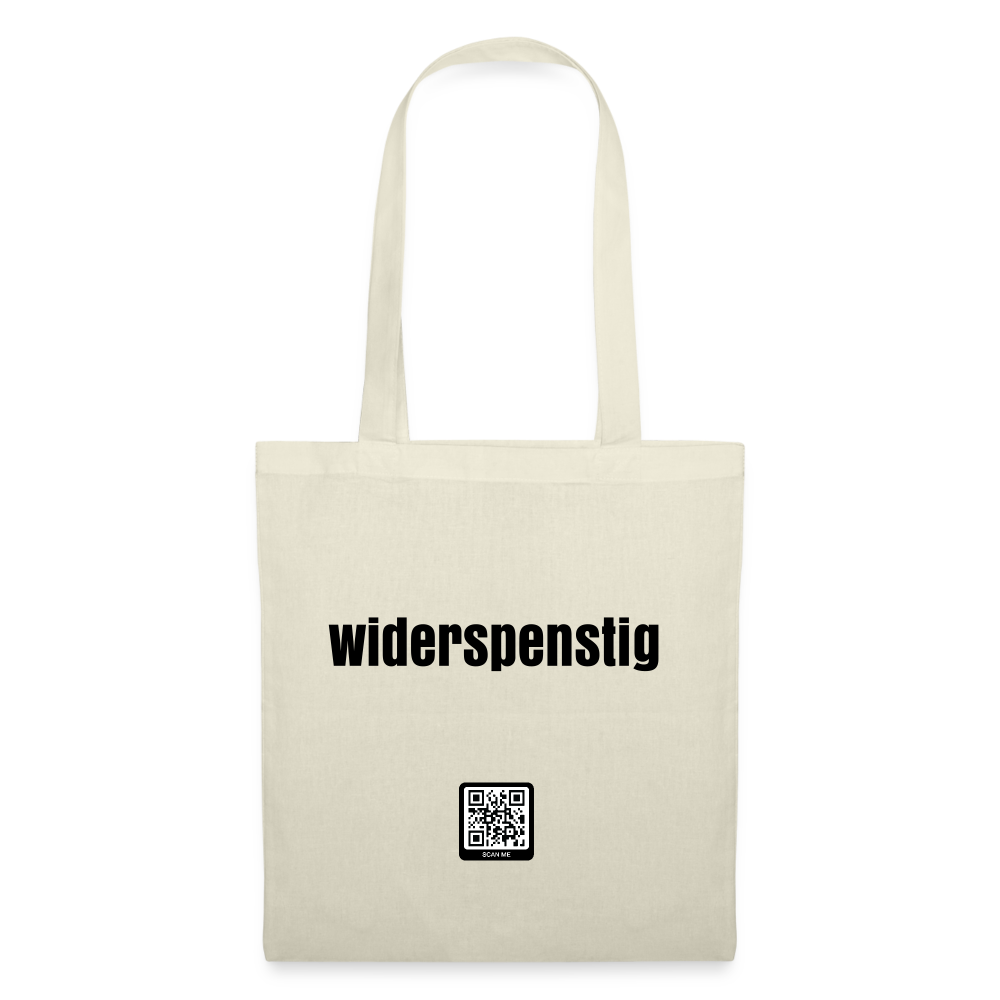We use cloud services, rely on electronic assistants when parking, use intelligent power grids and perhaps live in smart homes or cities in the future - networking is everywhere. Industrial production has long since stopped relying only on screwdrivers and soldering irons, but increasingly on iPads, robots and smart devices. Industry 4.0 is the buzzword that, according to the federal government's high-tech strategy, should increasingly interlink industrial production with information technology. The Smart Factories are primarily looking for university graduates with engineering degrees and IT know-how.
Digital industry that develops independently
After steam engines, assembly lines and industrial robots, intelligent networking heralds the fourth industrial revolution: Innovative software ensures that operational technology is networked with information technology. Devices and systems are increasingly being connected to a network. This can be the Internet or a factory network. The fact that the “Internet of Things” connects the real world with the virtual one also affects our households, for example with refrigerators that independently reorder milk and butter or washing machines that wash exactly when electricity is cheap.
With the ability to store, share and draw logical conclusions from millions of data sets, systems are able to learn and evolve at lightning speed. “We see this effect, for example, in the evolution of voice assistants such as Siri or Cortana. Through feedback, they improve their skills and continue to learn – very, very quickly,” says Till Reuter, CEO of KUKA AG .
The company, headquartered in Augsburg and with numerous locations worldwide, is one of the leading providers of intelligent automation solutions. KUKA develops everything for its customers, including those in the automotive industry – from industrial robots to complete production systems.
Robotics is revolutionizing the world
“The development of robotics will have a similar lasting impact on the world as the Internet,” says Reuter. “The capabilities of robots will change dramatically. They will further develop into intelligent machines that, for example, can control gestures or voice and act autonomously.” Robots – consisting of machines, software and services – illustrate the convergence of IT, electronics and mechanics like hardly anything else. University graduates in electrical and industrial engineering, computer science or engineering, preferably with a focus on automation technology, are therefore in high demand at KUKA.

© KUKA AG/Claus Brechenmacher & Reiner Baumann
Exciting areas of responsibility await us, such as individualization in production, another hallmark of Industry 4.0. With the concept of flexible matrix production, KUKA implements the requirements of Industry 4.0. Specifically, the challenge is to produce an increasing number of variants of a product in variable quantities, says Reuter. The solution lies in so-called matrix production: This describes an extremely versatile production method, based on standardized production cells that are arranged on a grid in the factory hall. Inside the cells there are tables for storing the components, tools and robots that carry out the respective process.
“Welding, gluing, punching and soldering: almost every process can be integrated,” says Reuter. The systems can automatically convert to changing product types - without waiting times and without production downtime. This means that a wide range of product variants can be offered without the need for large inventories. “Companies have to rethink this: instead of 'more and more of the same', there is an individual product produced by intelligent machines,” says Reuter. In these smart factories it becomes easier to respond to customer requests. The production of small quantities and individual pieces becomes profitable.
Smart glove for industry
To produce in the age of Industry 4.0, automobile companies, for example, need new production lines. Engineers with a focus on robotics or automation technology can also find jobs with a future at BMW. “There is a move away from pure engineering studies. Mechanical and electrical engineering students should try out other subjects, such as IT. We need IT-savvy employees in the production area,” says Maximilian Mendius, who works as a recruiter for BMW. Industry 4.0 is already being practiced at BMW: Intelligent devices, so-called smart devices, help workers.

© ProGlove
An example of this is ProGlove, a smart glove developed by a Munich start-up. “A certain number of parts have to be assembled into every engine. Previously, workers had to document every part they installed. Now a sensor in the glove automatically scans the parts that the worker reaches for and registers if something is missing. The employee no longer has to worry about documentation. This simplifies and speeds up the work considerably,” explains Mendius. Real “human-robot cooperation”, in which the boundaries between people and machines disappear, would also exist on the production lines at BMW.
“There used to be fences between the areas on the assembly line where people worked and where machines worked. These limits are now no longer applicable. We have robots that support people, for example, with the physically difficult work of fitting door seals,” says the HR manager. The close collaboration between humans and machines also raises questions of acceptance: especially if you want to go into the field of robotics, it makes sense to at least get a taste of psychology when studying. People first have to get used to collaborative robots, i.e. the “colleague robot”.
350 variants from one assembly line
Industry 4.0 is already being practiced at Mercedes-Benz Ludwigsfelde GmbH, which produces the Mercedes-Benz Sprinter in over 350 possible combinations. Therefore, every vehicle requires different parts. With the help of intelligent production and logistics control, exactly the parts to be installed for each Sprinter are delivered to the assembly line at the right time. Material is transported using driverless transport vehicles that are guided by floor markings and unload the material autonomously. “The system can automatically convert to changing product types on the fly. This makes the production of individualistic series possible in the context of industrial mass production,” says press spokeswoman Kathrin Schnurr.

Autonomous transport vehicles in production at Daimler (© Daimler)
A milestone in Industry 4.0 is a factory in Toledo, USA, a good hour's drive south of Detroit, where Fiat-Chrysler has the bodies for the Jeep Wrangler manufactured. The factory belongs to KUKA and essentially implements the idea of the “Internet of Things in a Box”: “Every 72 seconds, a body is created on a line, no matter what type, no matter what version,” says KUKA press spokeswoman Katrin Stuber-Koeppe.
To achieve this, KUKA linked the plant's 259 robots and 60,000 other devices to a higher-level data management system. Every component, every welding point, every quality check is documented digitally. To date, around one and a half million body shells for the Jeep Wrangler have rolled off the assembly line - mind you, from the same assembly line, regardless of whether they were two- or four-door models.
Multidisciplinary engineers wanted
Industry 4.0 is the key element in ensuring the long-term prosperity of our society, says KUKA CEO Till Reuter. “And this despite the age pyramid – simply because the required part of the value creation will be generated by intelligent machines in the future.”
One thing is clear: the huge upheavals in the manufacturing industry are in full swing, are far from over and will probably have disruptive consequences similar to those of Facebook or WhatsApp for interpersonal communication. It is therefore probably the most exciting task imaginable to be involved in this field. For university graduates, this means taking off your blinders! Companies are looking for multidisciplinary engineers who bring know-how from different areas and are open to interdisciplinary solutions.
Wanted: Graduates of engineering courses or with other IT know-how.





